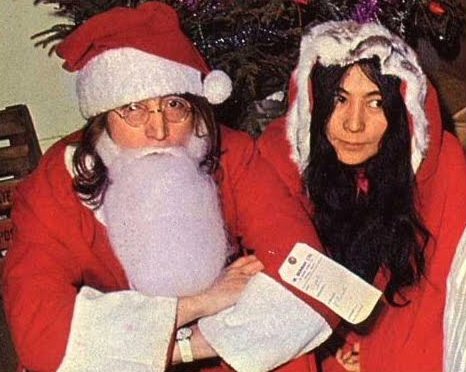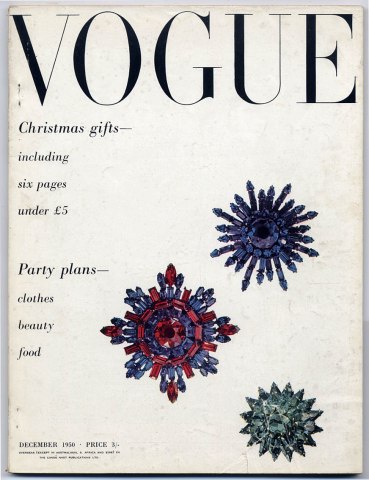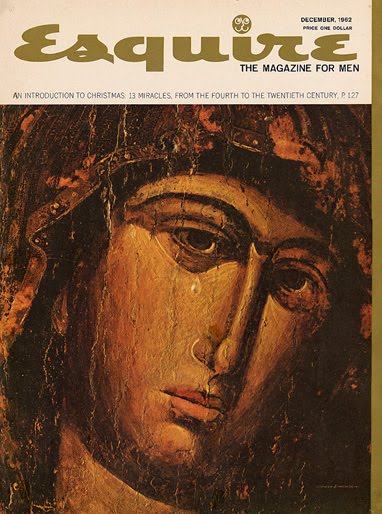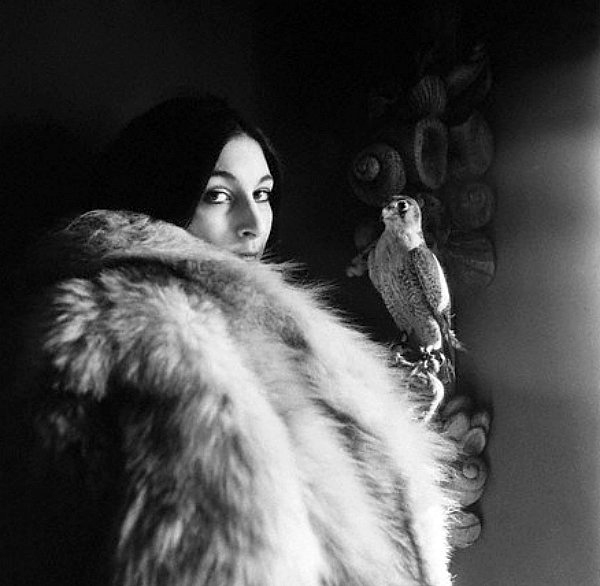Happy Ending is the third single release from London-based singer Mika, taken from his debut album Life in Cartoon Motion(2007). The music video was directed by AlexandLiane (Alex Large and Liane Sommers)
 The cover for the album and booklet was designed by Mika’s sister, Yasmine, who works under the pen name DaWack, Richard Hogg and Mika himself.
The cover for the album and booklet was designed by Mika’s sister, Yasmine, who works under the pen name DaWack, Richard Hogg and Mika himself.
Mika described the story behind the song in an interview with the Sun newspapers, on 2 February 2007:
“It’s about a few things. In a way, it’s a kind of sad break-up song like ‘My Interpretation.’ But, at the same time, it’s about a lot of other things. I’ll never forget when I was actually recording this song in Los Angeles, I would take this drive from where I was staying to the studio, which wasn’t in the city and the amount of homeless people I saw on the way was absolutely shocking. Those horrible images of homelessness that I would see every morning really connected with that song. So it just comes to show you that a bright song in a certain mindset had a meaning that really evolves and changes as time goes by. I think that it is very important that other listeners find their own meaning to songs. So many people are very openly suggestive to the point of being abstract. It’s the most powerful thing when that becomes the song.”









 For the calendar’s 50th anniversary (2014), Pirelli is unveiling a never-before-seen Helmut Newton-lensed collection of photographs that was supposed to be for 1986. Serendipitously, 2014 and 1986 share the same calendar year.
For the calendar’s 50th anniversary (2014), Pirelli is unveiling a never-before-seen Helmut Newton-lensed collection of photographs that was supposed to be for 1986. Serendipitously, 2014 and 1986 share the same calendar year.


















































































